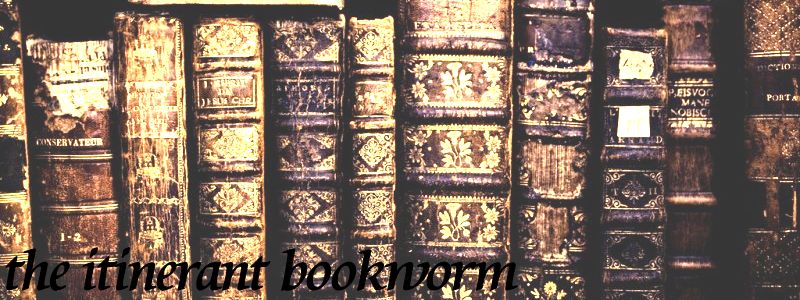The first post (finally!) of what I hope will be a long tradition of presenting artworks and some of my amateur art-lover thoughts on them.
If you’re slightly put off by the above image and find it unexciting….keep reading (though if it sparks your interest, keep reading also).
If you’re slightly put off by the above image and find it unexciting….keep reading (though if it sparks your interest, keep reading also).
That was also my first response to this work when I saw it
at the Musee de l’Orangerie’s exhibit on Spain titled L’Espagne Entre Deux Siecles.On second glance, I was convinced that this was a very
clever piece of artwork. In fact, it’s a brilliant illustration of the way in
which a painter can use a composition to turn objects and people into ideas.
This painting symbolizes three ages in history. Below, the
procession of the monks, that is the Middle Ages, a time of faith. Above it is a Roman bridge – the distinctive
rounded arch is a feature of Roman and Romanesque architecture. It symbolizes
both ancient Rome and the Renaissance – both times of thought and scientific
advancement. And above that, the locomotive symbolizes the modern age, the
Industrial Revolution. It’s no coincidence that the train is speeding along on
the bridge: after all, the advancements of the Industrial Revolution could not
have happened without the Renaissance, without the re-awakening of knowledge.
And so the technological progress of the nineteenth century is here, quite
literally, supported by earlier ideas, an earlier scientific age.
This sort of vertical composition also implies a hierarchy. Though
the painting is titled The procession of Good
Friday, the procession – and belief, which it represents – are found in the
bottom part of the painting. Both the bridge and the locomotive tower above it,
literally. The train blows its steam into an iridescently blue sky, an ethereal
blue that contrasts with the dry, dead yellow color of the ground. That steam
resembles clouds, as if man had made his way to the sky and reached the clouds.
And indeed, a few decades later, man would learn to fly and airplanes would
overtake trains.
This is a particularly interesting idea in the context it
was in: the exhibit I found the painting in was focused on Spain “between two
centuries,” the nineteenth and the twentieth. It was a time of turmoil as the
nation simultaneously clung to the past and looked to the future. Here, we see
a response to that turmoil, and a hint of the future.


Interesting...
ReplyDeleteNew follower :-)
TToria @ http://ttoria.blogspot.com
Hi and welcome! Good to have you here and thanks for following :)
ReplyDeleteGreat post! The painting is arresting and unsettling while your commentary provides context. Looking forward to the next installment.
ReplyDeleteHmm...unsettling is not the word that came to mind when I chanced upon this piece of art. What, for you, makes it unsettling?
ReplyDeleteThe perspective seems off, sort of like watching a standard screen TV show in widescreen. It's a personal quirk that's hard to explain. Basically, my brain recognizes that something is off but can't compensate and I get agitated.
ReplyDeleteThat's fascinating...it seems completely normal to me. (Cue me staring at the painting for long periods of time to attempt to see it with the perspective off).
ReplyDeleteOpps, I said perspective when I meant proportion ... I think. Whatever, there is just something "off" about the image. It's certainly not something I'd hang on my wall.
ReplyDelete